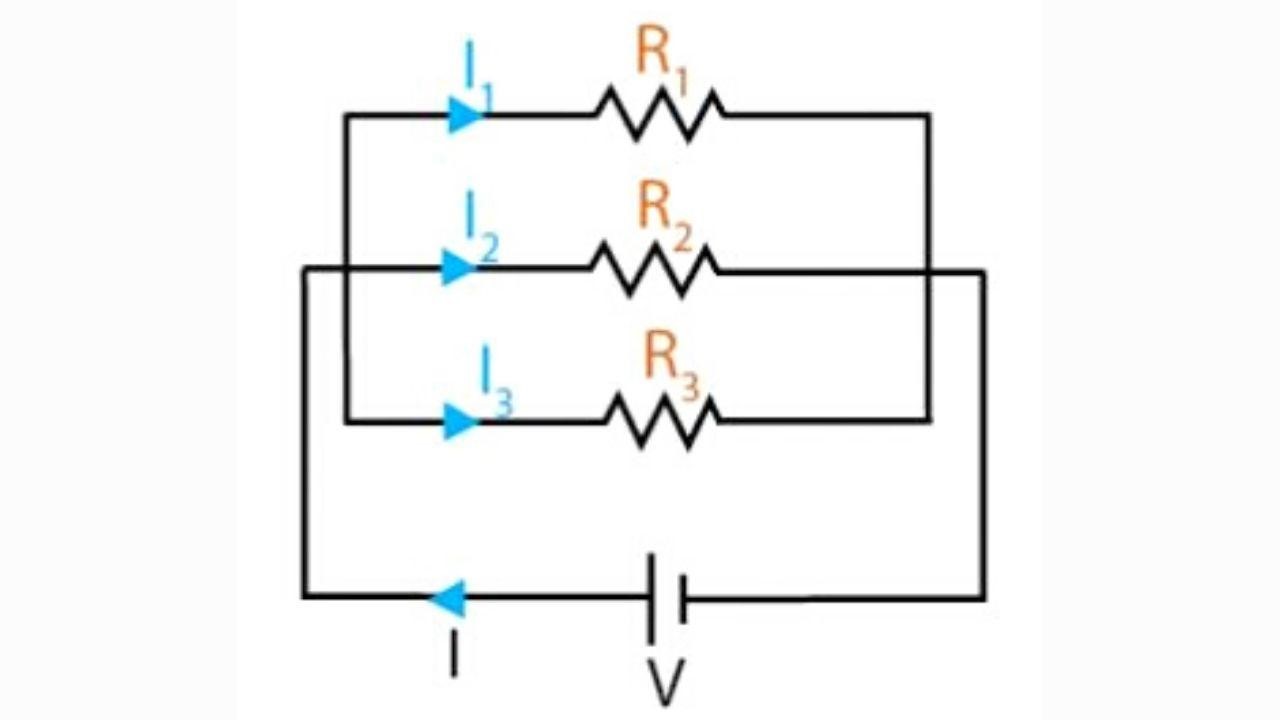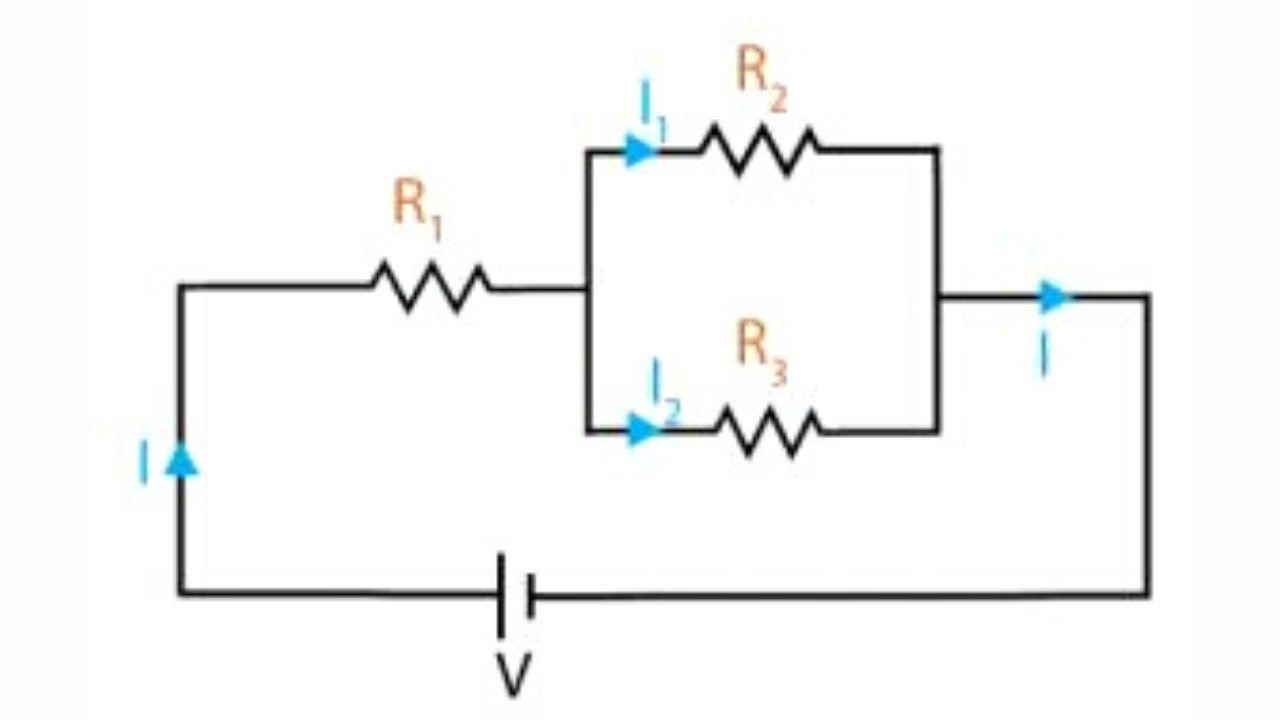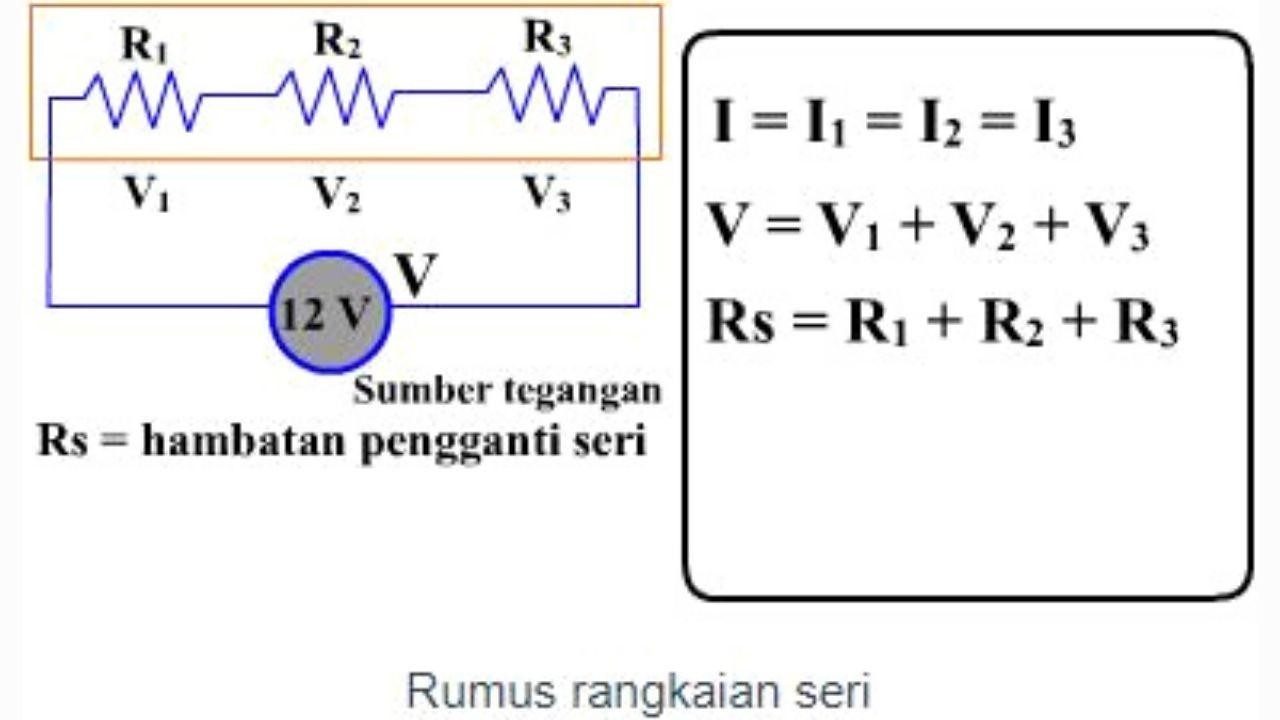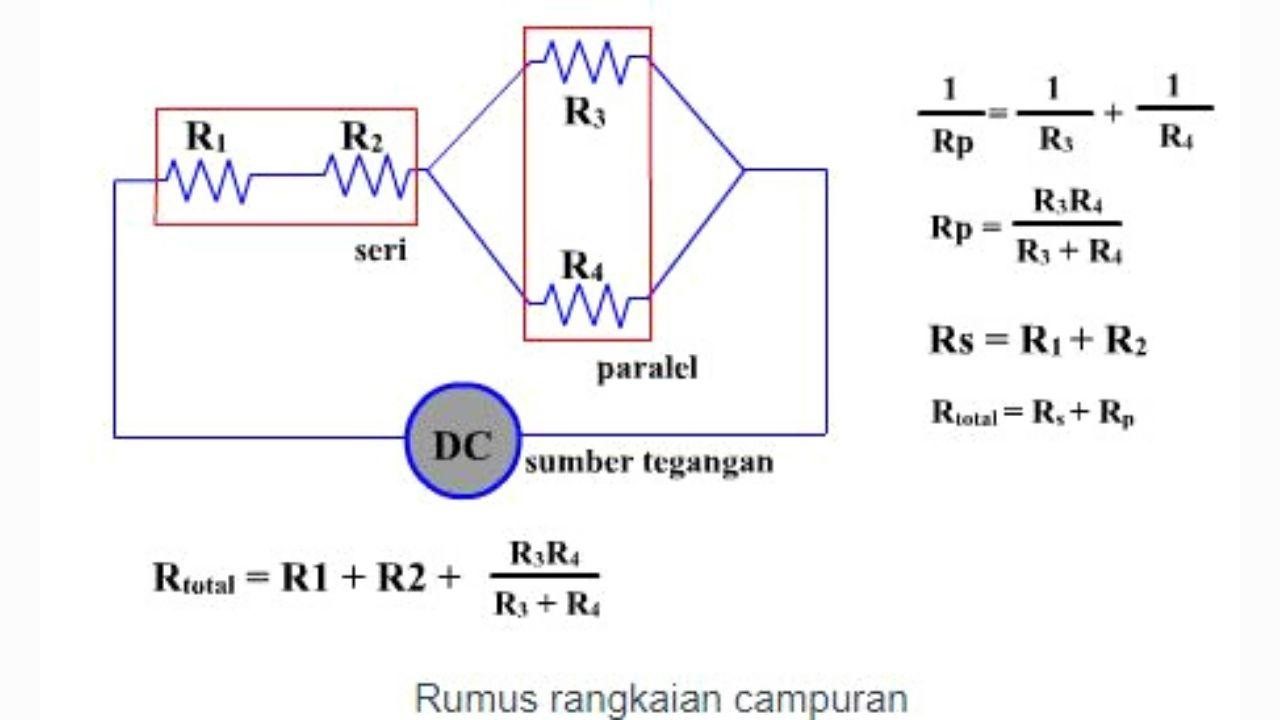
Electrical circuits are one of the basic things that need to be known in the world of electronics and electricity. This circuit is used to direct the flow of electricity from a power source to various electronic devices in an electrical system.
We will review some important things related to electrical circuits. Let's take a look!
An electrical circuit is a series of electrical components connected together to form a certain path such as resistors, capacitors, inductors, transistors, and various other components.
When these components are properly connected, electricity can flow in the desired way, driving electronic devices and performing the desired functions.
Other interesting information: How to Calculate Home Electricity Power with Formula
Electrical circuits have several important functions, including:
Electrical circuits are used to control the flow of electricity and ensure that the electric current follows the desired path.
Electrical circuits are often used to process signals, whether in the form of voice (audio) or other communication signals.
Electrical circuits can be used to regulate voltage and current according to the needs of the connected device.
Digital electrical circuits are used in various computerized electrical applications, including systems in mobile devices.
Other interesting information: Keep Your Electric Appliances Safe In Cases of Voltage Leakage with RCCB
There are various types of electrical circuits, including:

In a series circuit, the components are connected in order. Electric current flows through each component in this order. This circuit has no branching which means that the electric current only flows on one path. Series circuits have the same amount of electric current (I), with a different voltage (V) at each resistance (R).

In a parallel circuit, the components are connected in parallel and branched, different from the series circuit which is installed sequentially. In a parallel circuit, the electric current (I) flowing in each component / barrier (R) is different, while the voltage (V) is the same.

In simple terms, this circuit is a combination of series and parallel electrical circuits whose use can be adjusted as needed.
Other interesting information: How to Calculate Amperes to Watts
In a series electrical circuit, generally, the value of the electric current flowing has a similar portion. In other words, the amount of current entering the circuit is equal to the amount of current leaving the circuit.

Different from the series circuit, the strength of the electric current in this circuit will vary. This is especially true in each branch through which it passes. In a nutshell, each branch in the circuit will have a value that is inversely proportional to its current magnitude.

The formulas for mixed electrical circuits apply the principles that apply in series and parallel circuits.

Having an understanding of these definitions, functions, types, and formulas, you can design, understand, and create or repair various electrical circuits in a variety of electronics and electrical applications.
Electrical circuit components are parts that work together to enable the flow of electricity in a circuit. Here are some of the main components in an electrical circuit:
Each of these components has a specific function and plays an important role in maintaining the performance and stability of electrical circuits.
Electrical circuits are an essential element in the world of modern technology and electronics. Learning the basics is an important first step in understanding and working with various electronic devices. Hopefully, this article has helped you understand the basic concepts about electrical circuits.